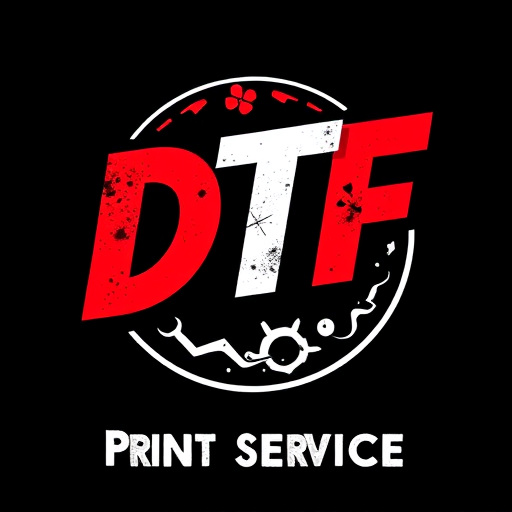Competitive pricing strategies help businesses quickly adapt to market changes and customer expectations, especially in niche services like vehicle protection plans or graphics. While it offers advantages like agility and cost coverage, companies must avoid focusing solely on direct competitors. Effective implementation requires thorough market research, understanding customer perception of value, and staying adaptable; incorporating psychological pricing can enhance appeal. This strategic approach ensures success in the dynamic field of competitive pricing.
In the dynamic world of business, understanding and implementing competitive pricing models is crucial for success. This article delves into the intricacies of competitive pricing, highlighting its numerous benefits. We then expose common pitfalls that businesses often encounter when adopting these models. Finally, we offer strategic approaches to steer clear of these mistakes, ensuring your pricing strategy enhances rather than hinders growth. Stay informed and avoid the traps—mastering competitive pricing is key to staying ahead in today’s market.
- Understanding Competitive Pricing and Its Benefits
- Common Pitfalls in Implementing Competitive Pricing Models
- Strategic Approaches to Steer Clear of Common Mistakes
Understanding Competitive Pricing and Its Benefits

Competitive pricing is a strategic approach that involves setting prices based on what your competitors are offering, allowing for a more dynamic and responsive pricing strategy. It’s not about matching prices precisely, but rather understanding the market landscape and positioning your products or services accordingly. This method offers numerous advantages, especially in highly competitive markets. By keeping an eye on competitor pricing, businesses can quickly adapt to changes in demand, cost fluctuations, and customer expectations.
This strategy is particularly useful for car dealerships offering vehicle protection plans or custom graphics packages as part of their sales. It enables them to stay agile and ensure that their prices remain competitive while also covering the costs of specialized services like car customization. Understanding your competition can help you attract customers who value a tailored experience, without overcharging for added features such as vehicle protection or custom designs, which are increasingly sought after in today’s market.
Common Pitfalls in Implementing Competitive Pricing Models

Implementing competitive pricing models can be a strategic move for businesses, but it’s not without its pitfalls. One common mistake is failing to consider the entire market landscape. In a competitive market, understanding not just direct competitors but also industry trends and customer expectations is crucial. Many businesses fall into the trap of merely matching competitor prices without analyzing the underlying factors that drive pricing in their specific niche, such as custom vehicle wraps or professional PPF (Paint Protection Film) installation, window tinting services, etc. This can lead to suboptimal pricing strategies that neither attract nor retain customers effectively.
Another common pitfall is neglecting the customer’s perception of value. Pricing should reflect not just the cost of goods and services but also the perceived benefits and quality experienced by the customer. For instance, offering high-quality custom vehicle wraps or professional PPF installation at competitive prices can significantly enhance a customer’s perception of value, differentiating your business from others in the market. Conversely, pricing too aggressively without considering the associated costs and margin can ultimately harm your business’s sustainability and reputation in services like window tinting.
Strategic Approaches to Steer Clear of Common Mistakes

When adopting a competitive pricing model, businesses often stumble upon pitfalls that can hinder their success. To navigate these challenges effectively, strategic approaches are essential. One common mistake is failing to research and understand the market dynamics. Competitor analysis is crucial; studying their pricing strategies, unique selling points, and customer reviews allows for informed decision-making. By setting prices based on genuine value propositions rather than random figures, companies can avoid undercutting themselves or overcharging for premium automotive services.
Another error is neglecting the psychological aspect of pricing. For instance, using psychological pricing techniques like rounding numbers down (e.g., $49 instead of $50) or offering appealing discounts can significantly impact customer perception and sales. Moreover, staying adaptable is vital; market conditions change, and so should pricing strategies. This flexibility enables businesses to respond promptly to shifts in demand, competitor moves, or economic trends, be it introducing limited-time offers for ceramic window tinting services during slow seasons or adjusting prices accordingly.
Implementing a competitive pricing strategy can significantly enhance profitability, but it’s not without its challenges. By understanding common pitfalls and adopting strategic approaches, businesses can avoid costly mistakes and stay ahead in their market. Remember, successful competitive pricing requires constant monitoring and adjustments to maintain a sustainable edge while ensuring customer satisfaction. Focus on data-driven decisions, analyze competitor moves, and keep your offerings compelling to maximize the benefits of competitive pricing models.














